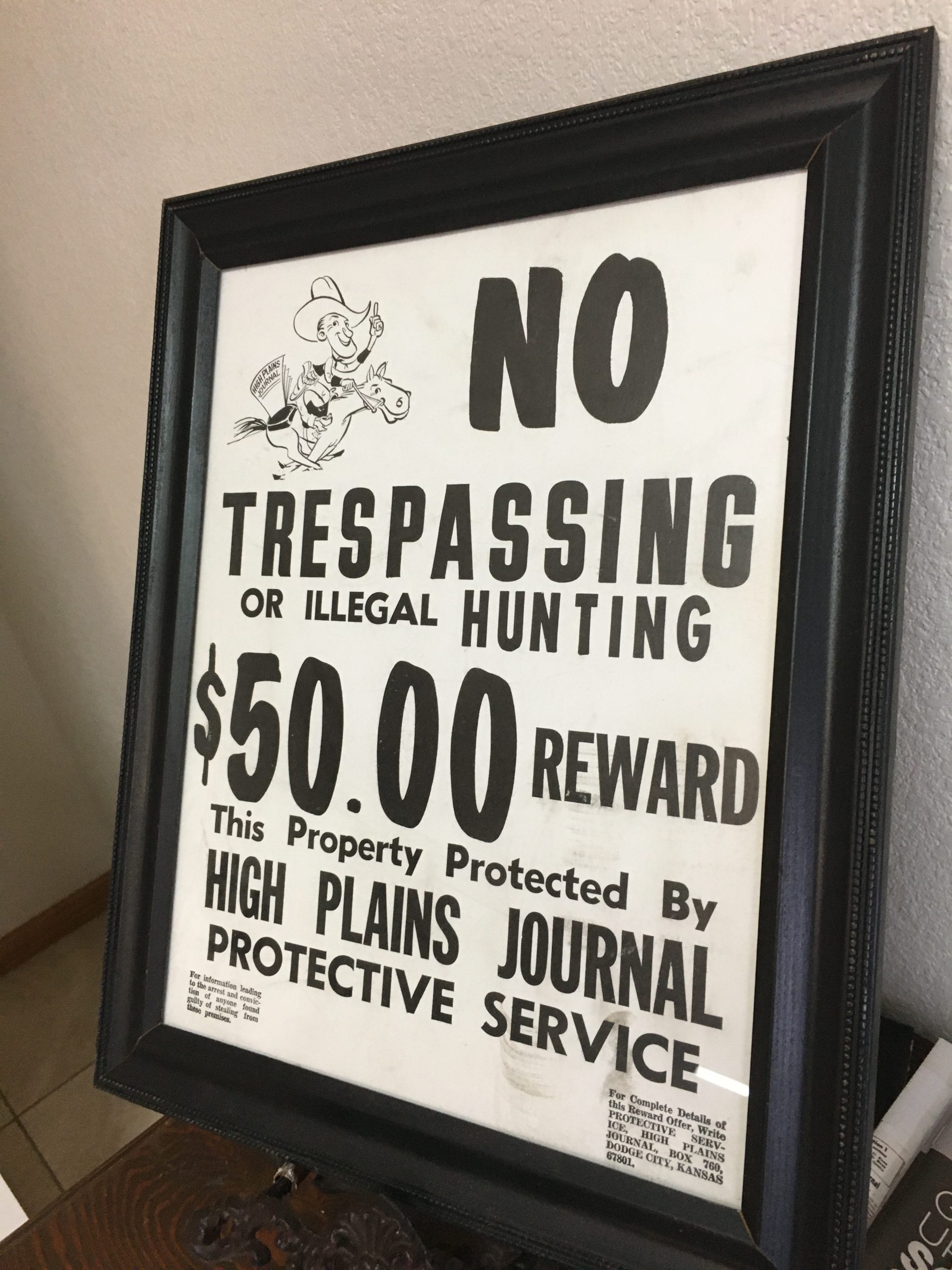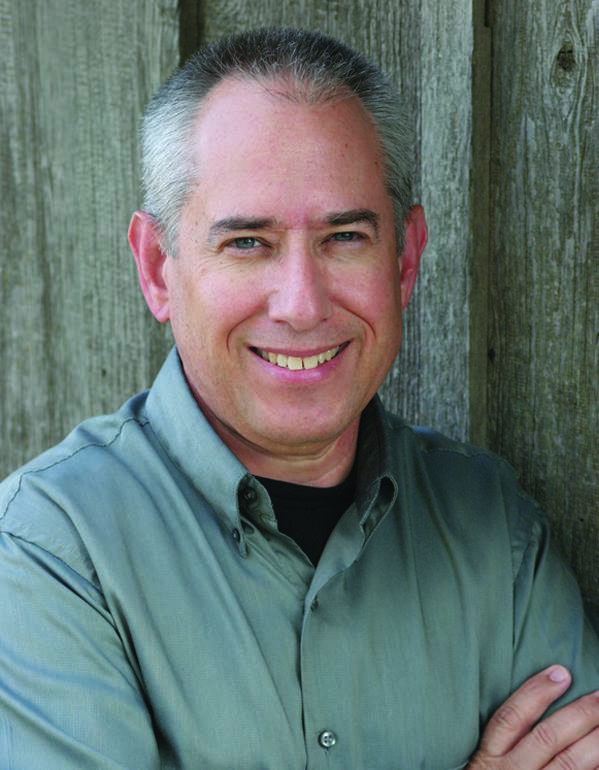Readers set a high bar for High Plains Journal

High Plains Journal readers over the past 75 years have provided us with many questions, sought advice and invariably have asked how to get ahold of someone in a story who was selling a product or service.
HPJ is focused on serving farmers and ranchers. That was a core mission, according to a retired journalist who worked for HPJ for 40 years.
Longtime HPJ journalist Doug Rich remembered the boom-and-bust days of the 1970s and 1980s and the eras that followed. Rich retired in 2018, but he noted the eras and how readers were impacted by challenges.

Low crop prices and high interest rates made the 1980s a difficult time, he said. It was the decade that changed many readers’ livelihoods, and so did HPJ.
“In the 1980s, people were just hanging on,” he said. “It really took special people to see it through. Later on, I talked to the producers about the 1980s, and they appreciated how their parents were able to get through it. The 1980s were interesting, but a lot of guys did not want to talk because of the pressure they were under. One thing that came through later on was they really appreciated what they had today.”
Innovation was a subject that farmers and ranchers were willing to talk about, although it needed to provide a reasonable return on their investment. In much of the High Plains, wheat was king in the late 1970s, and Rich remembered as a young farm writer that summer fallow was typical. Over the years, crop practices, spurred by crop genetics, changed the landscape. The emergence of double cropping soybeans, as one example, became the norm, and summer fallow went by the wayside.
He also was one of the first farm writers to note cover crop integration by farmers. Rich said he was a skeptic at first, particularly for dryland growers in western Kansas who lacked the rainfall of their counterparts in central and eastern Kansas. Over time, Rich said he and producers could see benefits, when applicable, for a soil health.
A companion to the soil health and cover crop movement was the adoption of no-till practices that started in the late 1970s as farmers were looking to cut back on input expenses and machinery costs. Those early adopters had to prove it could be successful.
“Like cover crops, there were guys who said it would not work,” Rich said. “It took several years, and sometimes you needed five years to see benefits, but you could see the difference. Over time you could see one guy on one side who did not use no-till and the other guy on the other side of the fence who used it, and there was a cumulative effect. It took a long time to get it going and to see the benefits, but you could see it over time.”
Equipment was one of the most noticeable changes in the High Plains, and Rich quickly learned that nostalgia was also important to HPJ readers. Over the years, he wrote many antique farm machinery stories that were among the most popular and most commented on stories he ever covered. He remembered many came on tips from readers who would ask him to consider a story they thought was worthy.
Rich said he enjoyed writing them because they told the story of perseverance.
“I enjoyed listening and writing about the guys who were restoring equipment. They literally tore the equipment down to the frame. They were very mechanically inclined, and they loved restoring machinery.”
One of his last antique machinery stories was about the restoration of large, articulated four-wheel drive tractors from the northern Plains. Those who were restoring the tractors not only had to find parts, but they often had to build their own. That tenacity told an important story, he said.
Even though John Deere and Case IH were manufacturing and distributing state-of-the-art equipment, Rich was intrigued by innovators who saw something they wanted to improve upon. Major manufacturers would take note of the improvements and then buy the innovation.
Rich said it was hard for him to select a favorite story, but he remembered one from Oklahoma. “The guy was working on old steam tractors, and they were the big ones, but he also restored (Ford) Model Ts,” Rich said.
While Rich was there, the technician was working on a Model T. He told the writer that a well-known Hollywood figure had bought the vehicle, and he had a reason.
“He was going to drive it from Oklahoma to California to recreate what his family had done after the Dust Bowl to head west to pursue a new opportunity like so many others did back then.”
Dave Bergmeier can be reached 620-227-1822 or [email protected].
Readers respond
Texas farmer and rancher Corky White succinctly shared his thoughts. “HPJ keeps me informed as to the trends, the facts and the markets. They are written in a way where I can be positioned to be in the best place for my crops and livestock.
“HPJ is always on target, and it is a moving target. It keeps me on top of things. There is no way one person can be on top of everything. I really appreciate you and what you put together. It’s a tough industry.”
Another comment we received was, “I just had my 75th birthday this week and grew up with HPJ in Meade, Kansas. I had no idea. I even had photos and stories written and published about my Ness County Extension programs in the mid-’70s. Thanks for telling the agriculture story!”
Another one was from a former employee, Madeleine Black, who wrote, “I worked at HPJ for eight years. I learned how to work hard. I learned how far I could push myself before I had to back off for health reasons. The employees were like a second family as we worked so many hours together. We respected each other and what it took for each of us to work together for the same goal. We shared the work, shared our ups and downs, our heartbreak, our losses, our children. We learned while working out in the public, such as at the Kansas State Fair or at the 3i show, how much it meant to our customers to get the HPJ. They called it their ’bible’ as it contained all they needed. Even many years later, when I lived in Texas, I ran into people who had exhibited at the Kansas State Fair with us and fondly remembered me from HPJ. Even 35 years after I left, I was still encouraging people to subscribe to HPJ, and they did after I got them a free sample edition. I’m still in touch with employees who I worked with in the 1970s, and we are still “family” today. It definitely changed my life!”



